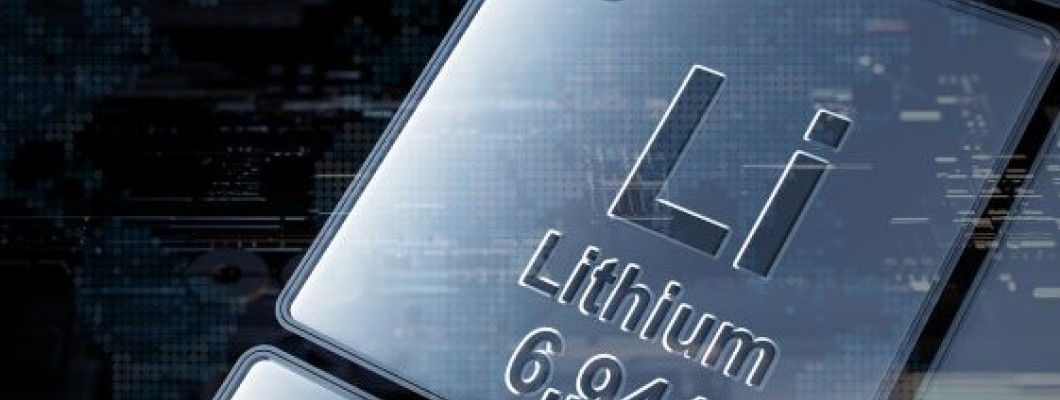
Lithium-ion batteries are the most widely used
technology, whereas a typical battery contains Lithium Cobalt and Nickel in the
cathode and graphite in the anode. Other than these aluminum and copper are
used in other cell and pack components. Due to the rapidly growing EV market,
there are various concerns regarding the sustainable supply of battery
materials. LiMn2O4 Has a smaller particle size, therefore, depicts good
electrochemical properties over a wide range of charge and discharge rates.
LiMn2O4 powder having small and uniform size with an agglomerated it is
often used for lithium-ion batteries because of efficient Lithium utilization.
LiFePO4 Is extensively used in vehicles, stationary applications of
utility-scale, and as backup power. LFP batteries are cobalt-free.
LiMn1.5Ni0.5O4 (LMNO) Is widely used because of its attractive operation
voltage of 4.7 V. Moreover, it is less expensive than manganese and nickel and eco-friendlier
than cobalt. N-methyl-2-pyrrolidone (NMP) Possesses
characteristics including low viscosity, flammability, and relatively low
toxicity. NMP solvent is widely used for stability at ambient temperature,
low volatility, and flammability. However, it does not share any toxicity
profile. Current collectors are considered the most important material in
Lithium-ion batteries because of their role in electrochemical energy storage.
Current collectors are required to keep their internal resistance low to
improve electrochemical properties. Polyvinylidene difluoride (PVDF) is also a
common binder for the cathode in lithium-ion batteries because of its increased
electrochemical and thermal stability. It also provides good adhesion between
current collectors and electrode films.




Leave a Comment